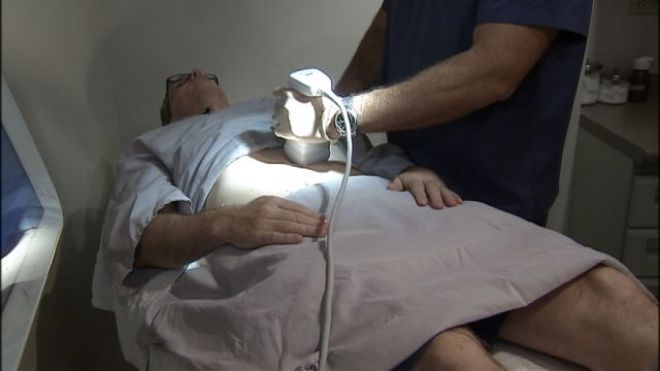
Despite evidence suggesting that women whose uterus has been removed may be more likely to experience heart troubles, a new study finds that the usual signs of heart disease risk are not more severe in middle-aged women after hysterectomy. After following more than 3,000 women for about 11 years, researchers found that heart risk factors like cholesterol, markers of inflammation and blood pressure were not significantly worse in women in the years following an elective hysterectomy, compared to women who did not have the procedure. “I think it's encouraging to women and clinicians that this is not something they have to worry about if they're considering hysterectomy (in) midlife,” said Karen Matthews, the study's lead author from the University of Pittsburgh. Hysterectomy, the surgical removal of the uterus, is the second most common surgery among U.S. women, after cesarean-section deliveries. Often the procedure is used to remove or prevent cancer, especially among younger women. But many women may elect to have the surgery for other reasons, including to treat painful benign growths in the uterine wall known as fibroids or to staunch heavy bleeding. Hysterectomies can involve removal of the uterus only, or the ovaries as well. Ovary removal in particular has been linked to increased cardiovascular risk because it takes away the main source of estrogen in a woman's body and plunges her abruptly into menopause. Even the gradual decline of estrogen following natural menopause has been linked to women's increased heart risks, so researchers have investigated whether hysterectomy raises those risks. But studies of the connection have produced mixed results. For the new study, Matthews and her colleagues used data from the Study of Women's Health Across the Nation, which followed a large, multiethnic group for more than a decade to understand the experience of American women during and after menopause. The 1,952 women included in the study were between 42 and 52 years old and not yet in menopause when tracking began. They were followed from 1996 through 2008, receiving annual checkups that recorded information about their health, surgeries and whether or not they had started menopause. Specifically, the researchers looked at physical measurements that are markers for heart and cardiovascular disease. They included various components of cholesterol, blood pressure, blood clotting factors and molecules that are signals of inflammation. Overall, the researchers report in the Journal of the American College of Cardiology that none of those measurements in the 183 women who chose to have their uterus removed - with or without their ovaries - were significantly worse, compared to the 1,769 women who went through menopause naturally. Matthews said their findings apply to women who are finished having children, in their forties and are considering a hysterectomy to help with excessive bleeding or other factors that cause a quality of life problem. She said they couldn't make a conclusion for women who need to have their uterus and ovaries removed because of cancer. “Our study really couldn't examine that question because we had too few women who had gynecological cancers, and the equation changes when you have gynecological cancer,” said Matthews. But Dr. JoAnn Manson, who has researched women's health after hysterectomy but was not involved in the new study, suggested the results don't mean that women who have hysterectomies are in the clear, because past studies only saw a difference in heart risks after 10 to 15 years. Manson, who is chief of preventive medicine at Brigham and Women's Hospital in Boston, told Reuters Health that the abrupt transition to menopause after a hysterectomy may only reverberate years later because “atherosclerosis takes a while to develop… That seems to take up to 10 and 15 years for clear differences to emerge.” For that reason, “This isn't totally surprising that there wasn't a difference in risk factors during the follow up period,” Manson said. Matthews said that's one potential explanation for why their results differ from previous studies, but she said there could be other reasons, including that modern women are somehow different from women included in past research. “It may be that it's emerging much later, but I would be surprised,” Matthews said.source : http://www.foxnews.com/health/2013/05/15/hysterectomy-not-tied-to-heart-risk-factors-study-shows/

